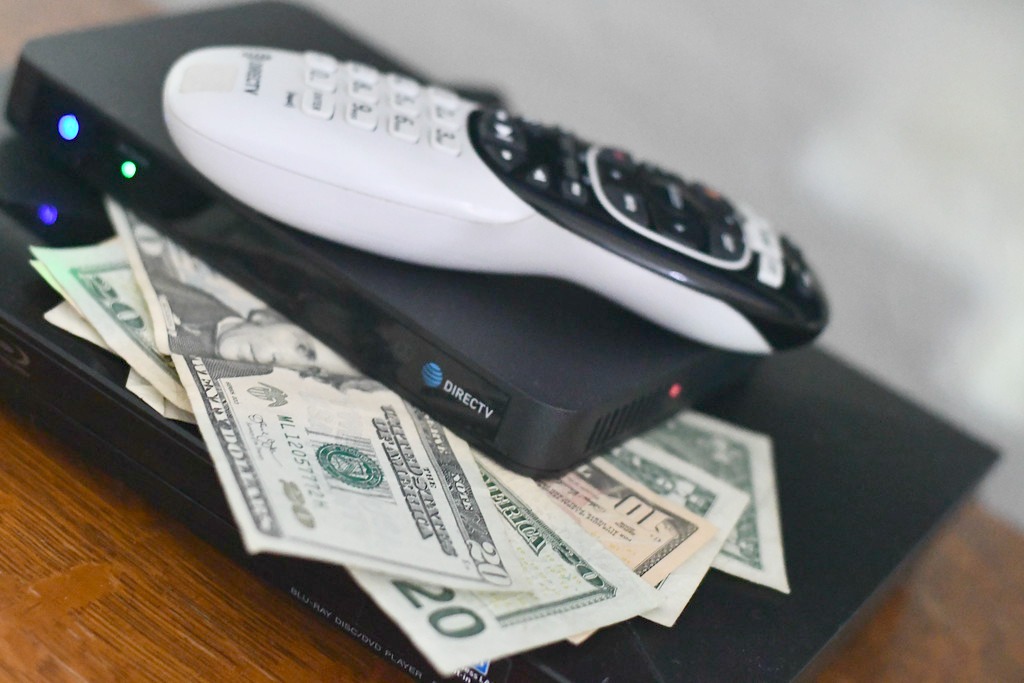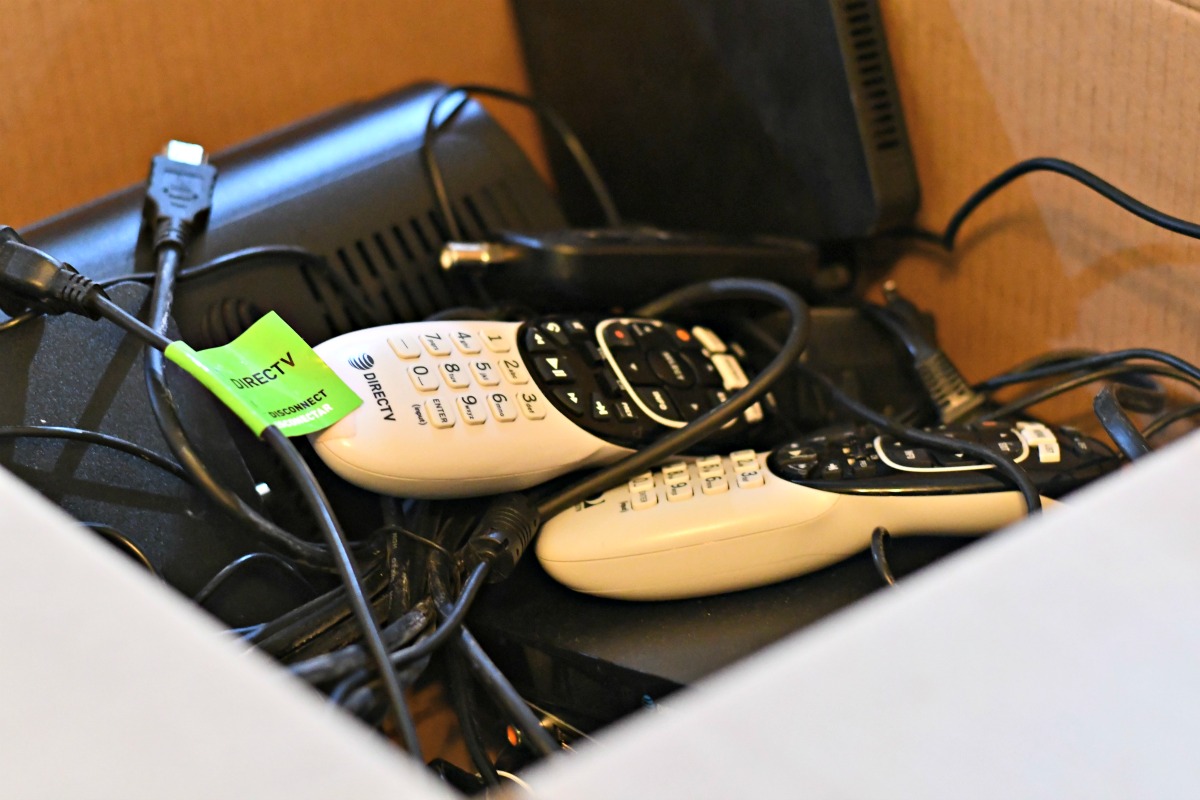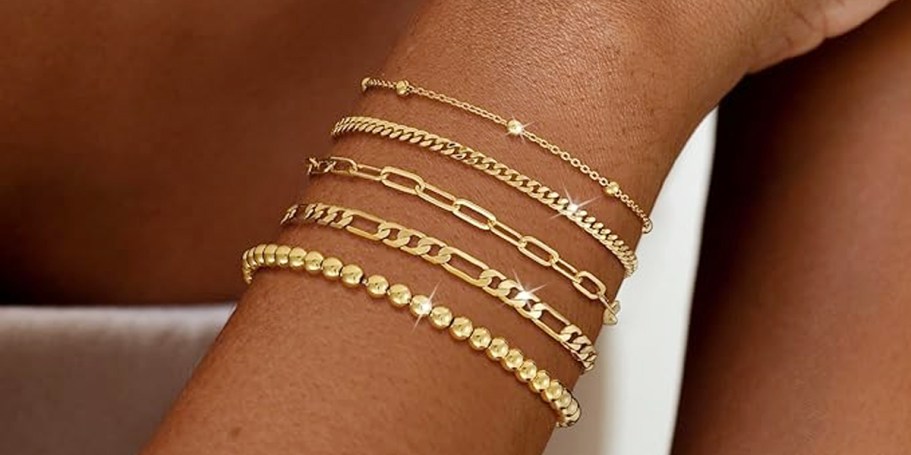Lina’s Saving $100/Month By Ditching Cable! Here’s How…
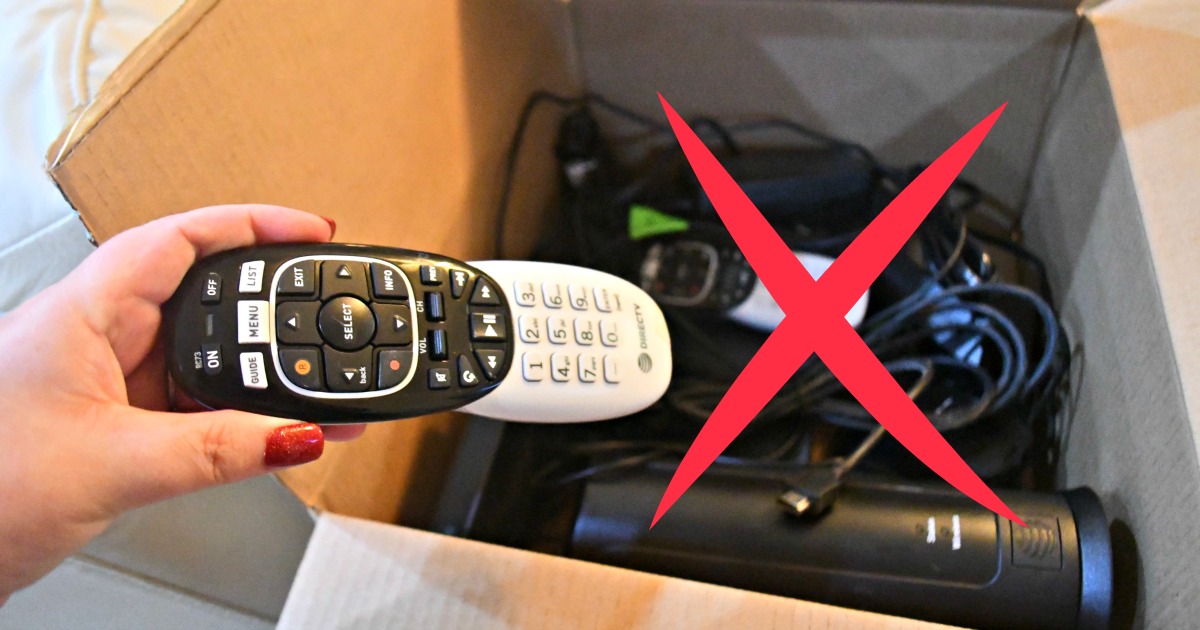
Love TV, but tired of paying the large bill each month?
We’ve been on the fence about getting rid of cable for the last couple of years, and this month we finally pulled the plug! I’m pretty sure the reason we waited so long was that we really didn’t know much about streaming TV options (it’s a bit intimidating!), and we were also worried our TV watching experience wouldn’t be as great as with traditional cable, or that we’d miss certain channels.
…AND did I mention that I’m not super techy?! lol
I’ve had cable most of my adult life!
We have switched back and forth between Direct TV and Cox cable, depending on who had the best promotions and rates. Most currently our Direct TV bill topped out at $180 😱, and they weren’t willing to lower it, so we canceled.
On top of the cable, we were also separately paying for Netflix, Hulu, and also watched Amazon Video (free with Prime).
Most recently, I found myself watching more and more shows and movies on these three streaming apps, instead of cable. I mean how can you not with shows like Handmaid’s Tale, Marvelous Miss Marvel, and Ozark!
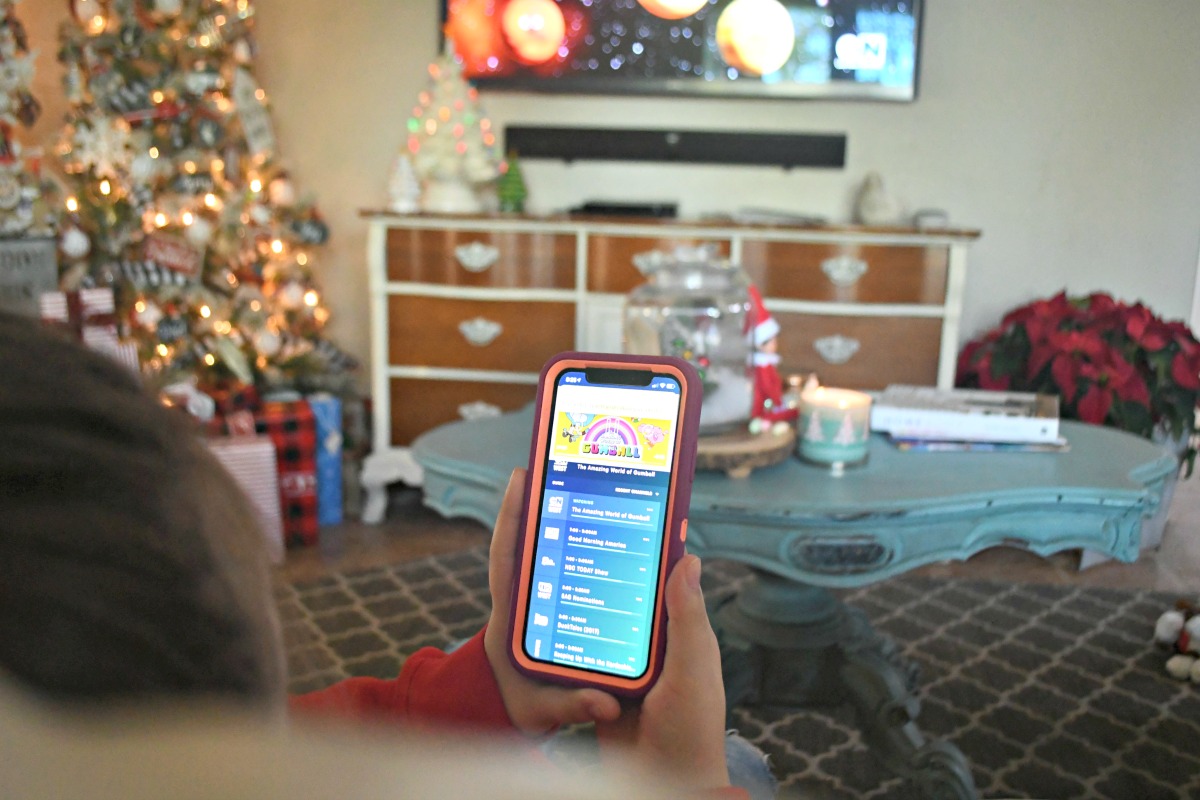
Today I’m sharing how we ditched cable in a few simple steps!
There are definitely lots of ways to aconlineplish this, but I’m specifically sharing the products we are using.
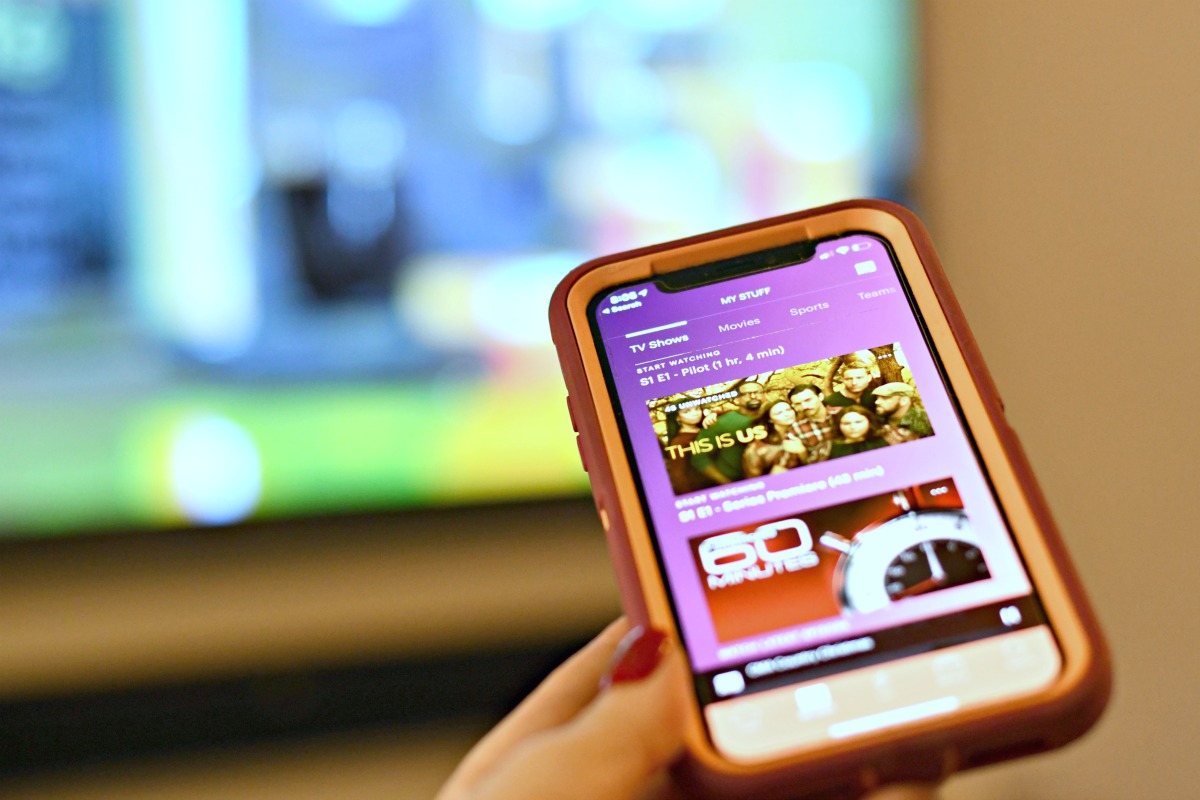
Step 1: Pick a streaming cable replacement
There are several popular choices currently to stream live TV, including Hulu Live, Sling TV, and DirectTV Now, to name a few. Each one has a different price point and channel selection.
We decided to upgrade our current basic $11 Hulu subscription to include the “live” package, for $39.99/mo. You simply enter your zip code when registering and then get access to your local channels. The set-up was easy!

Turns out Hulu Live Rocks!
We’re not noticing much (if any) of a difference from cable, and I’m loving Hulu Live! It has me wondering, “Why didn’t we do this earlier?!” It’s easy to navigate through all the different network channels, and I still get my local TV. Plus, we can watch live HGTV, E! Network, CNN, Disney Channel, Food Network, ESPN, and so much more.
Step 2: Pick a Media Streamer
Unless your TV is brand new, you’ll most likely need a media streamer that’ll allow your device to stream to your television screen for the live portion of TV. There’s a variety of products that do this currently, like Chromecast, Roku, and Amazon Fire TV stick.
We ultimately picked Google Chromecast for a couple of reasons. The main one was because we already owned one, and I only needed to buy two additional units so each TV in our home would have one. (We have three TVs total.) In a way, these replace your cable boxes.
Plus, another factor in the Chromecast decision is that we have Google Home Mini smart speakers in our home, and since Chromecast is a Google product, they can easily sync together. Now I can now say onlinemands like, “Hey Google, turn on Fuller House on Netflix.” It took our home automation another step further. With that said, if you have Amazon products like Alexa, then maybe an Amazon Firestick may make more sense.
The Chromecast plugs into the TVs HDMI is easy to install and allows us to now “Cast” all the streaming apps we have from our devices.
Step 3: Return your cable boxes & remotes.
I have to admit, I was NERVOUS to give up my DVR full of shows, so I reluctantly packed all the boxes and remotes to send back to Direct TV. We dropped off a box of all their equipment to the UPS store, where they pack it up and return everything as requested by Direct TV.
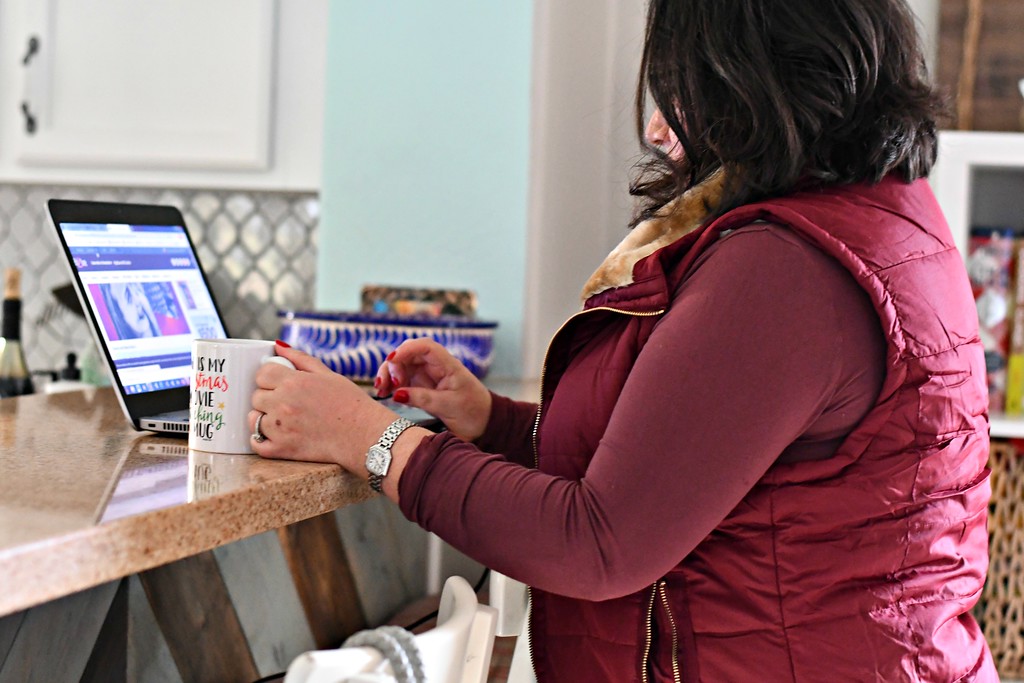
Something to consider? You’ll need a strong internet service.
For my remote job, that’s something we already have, and I currently pay for the internet through our cable onlinepany. You’ll need a strong internet to avoid buffering when streaming. We’ve had no issues since our modem is fairly new and we have a strong internet connection. I believe we have 100 Mbps download and 10 Mbps upload. Your internet bill could also increase depending on your plan, and if you pay according to usage, you’ll be using more internet when streaming.

In conclusion, we’re saving over $100/month by streaming instead of using cable! Yippee!
Sure, we had to invest a little upfront in a couple of Chromecast units, but it’s worth it! And it was not super difficult or inconvenient to pull the plug on cable after all. Honestly, I had a little anxiety about trying something new like this, but we’re glad we did!
If you already know how to stream using Netflix, you’ll be able to navigate Hulu Live (or something similar)! EASY.
If you’re on the fence about ditching cable, I’d encourage you to consider it as you’ll be saving money while still being able to enjoy your favorite shows!
Want more ways to save with simple service switches like this?
Check out our 10-Week Financial Boot Camp! In this series, you’ll receive weekly emails featuring money-saving challenges, helpful tips, and even budget-friendly meal ideas to keep a little more cash in your pocket.

